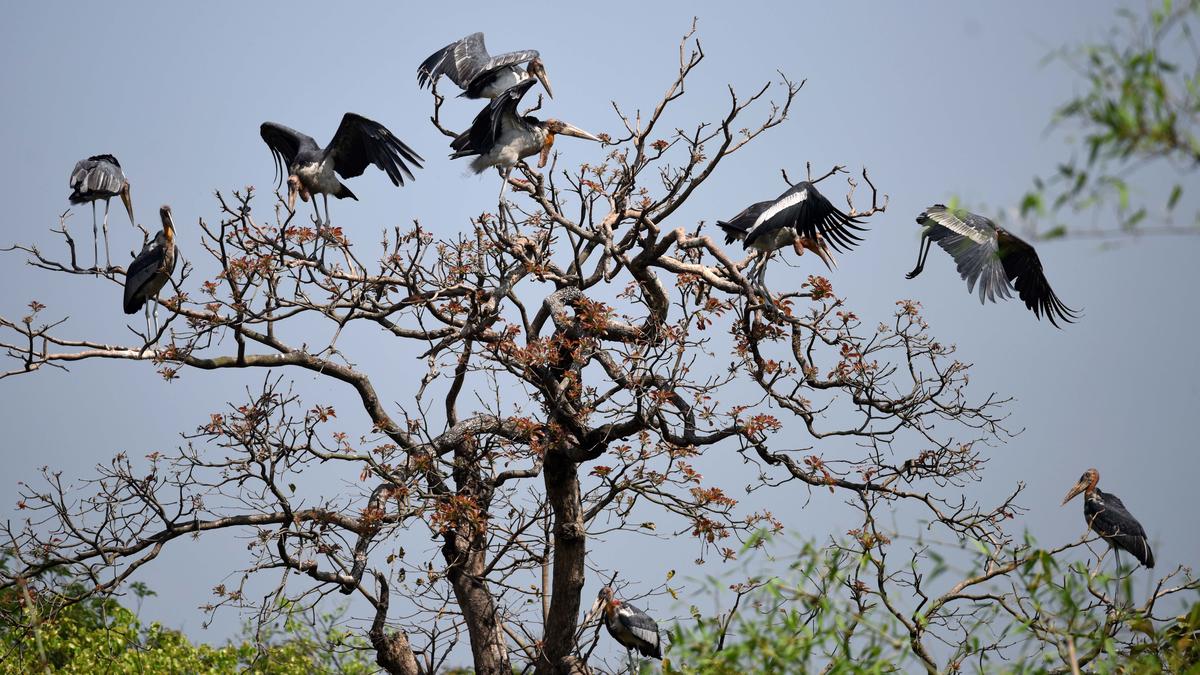The sixth in the monthly series by WWF-India that highlights niche and unconventional green careers through the stories of well-known personalities from the field of environment and conservation G rowing up in a small village in Assam, a connection with Nature was embedded in me from a young age. My grandmother had an immense influence on me, which led me to pursue Zoology. I also earned a Green Teacher Diploma from the Centre for Environment Education.
It was then that my path to forming the Hargila Army began. Purnima Devi Barman| Photo Credit:Carla Rhodes After my Master’s, I volunteered with the NGO Aaranyak and met many people in the field of conservation. I dreamt of pursuing my Ph.

D., becoming an academician, and studying the Greater Adjutant stork, called hargila , or bone swallower in Assamese. This scavenging bird was considered a bad omen leading to its global population declining to around 1,000.
My professional ambitions took an unexpected pause when I married and became a mother. While this period brought new challenges and responsibilities, it also set the stage for what would forever change my life: I saw a man cutting down a tree that housed nesting Greater Adjutant storks. Watching the helpless chicks fall, I connected with them as a mother and thought, “What is the use of my education if I can’t influence people?” I knew I had to change the mindset of those around me towards this beautiful bird.
This was no easy task. I began visiting homes and communities and speaking with locals to show people how beautiful the bird truly is, contrary to its reputation. Forming the army My approach involves engaging women and connecting conservation to culture through cooking competitions, baby showers for the hargila , traditional Assamese prayers, and other ceremonies.
We focus on providing livelihood opportunities for women who weave hargila motifs onto traditional clothing and raise awareness. Over time, the bird has gradually become a revered part of our tradition, leading to the formation of the women’s group called the Hargila Army, which grew into a sisterhood model and expanded to protect other birds, creating a wider journey of behavioural change. Our Hargila Army meetings — held in backyards, paddy fields, and temples — are open to everyone.
We engage school students too, which is particularly important, as we can mould young minds into conservationists and build hope for a secure future. It is a common misconception that only conservation scientists can save Nature; the success of our model proves otherwise. Over the past 17 years, we have rescued more than 500 baby birds that, to me, represent hope and resilience.
The intense blue eyes and the majestic eight-foot wingspan of the adult hargila inspire dreams of soaring high. Today, our Hargila Army boasts over 10,000 members. It is my wish to embed the hargila further into our art, tradition, and culture.
To engage a large audience in conservation, communication skills are key. I believe that everyone has an inner artist and this creativity can be used to bring about change. My research background helps me convey information about the hargila to communities.
Looking ahead, my vision is to undertake ecosystem restoration through plantation drives, restoring wetlands, and mobilising communities. I hope to replicate this model in other areas and collaborate globally to expand conservation efforts. To budding conservationists, and especially young girls, be consistent, innovative, and creative in anything you do.
Respect your culture and tradition and, most importantly, be unstoppable. Copy link Email Facebook Twitter Telegram LinkedIn WhatsApp Reddit The Hindu Education Plus / higher education / students / universities and colleges / university / careers / environmental issues.



















